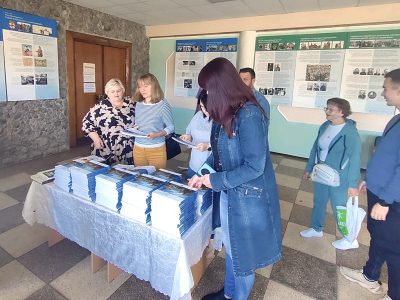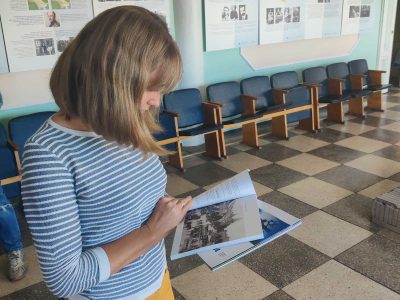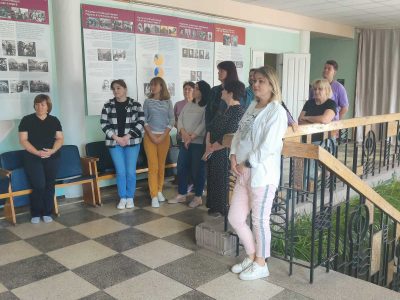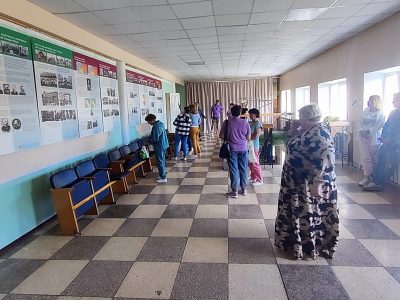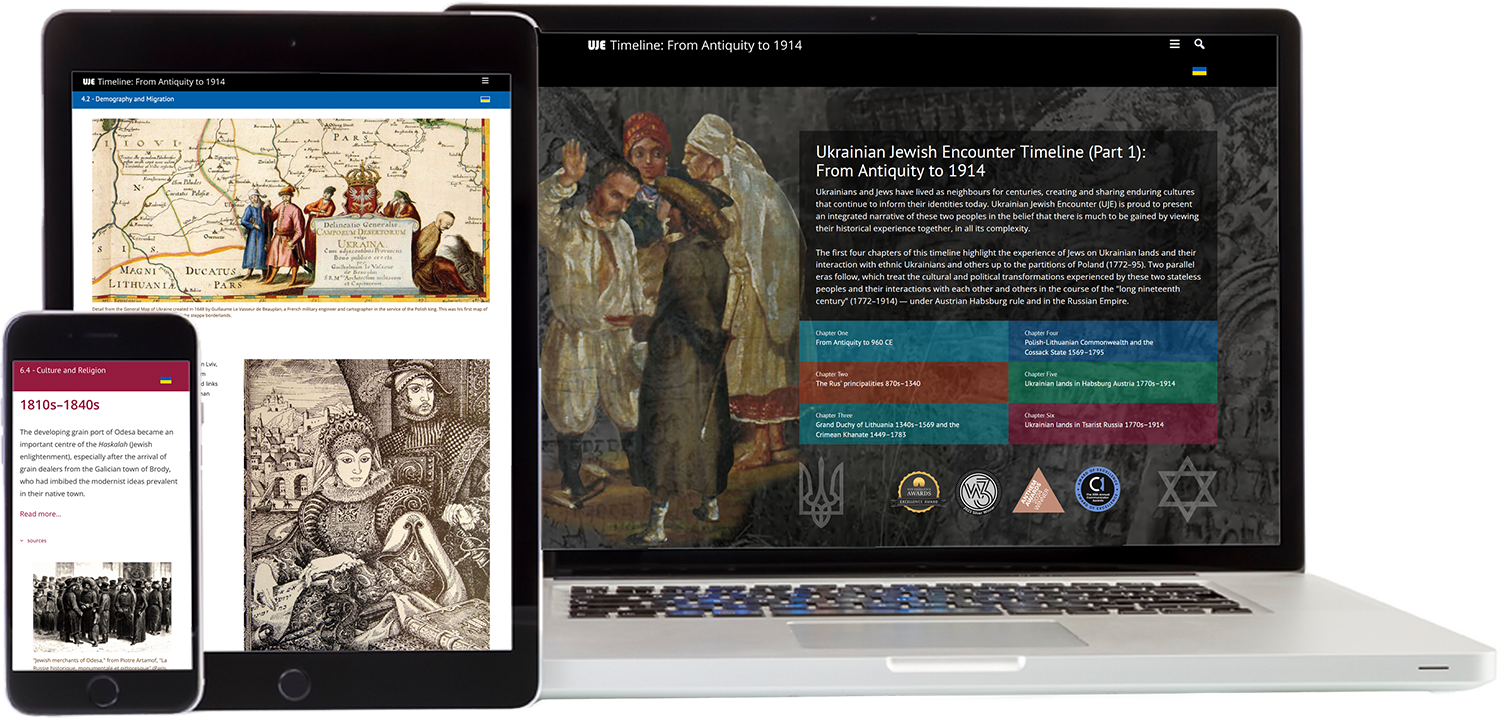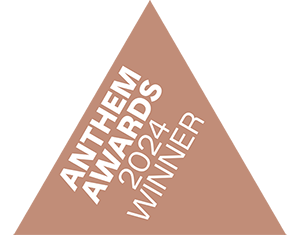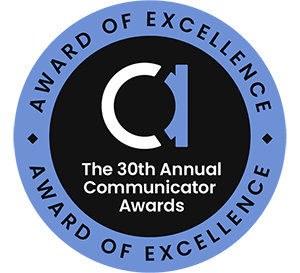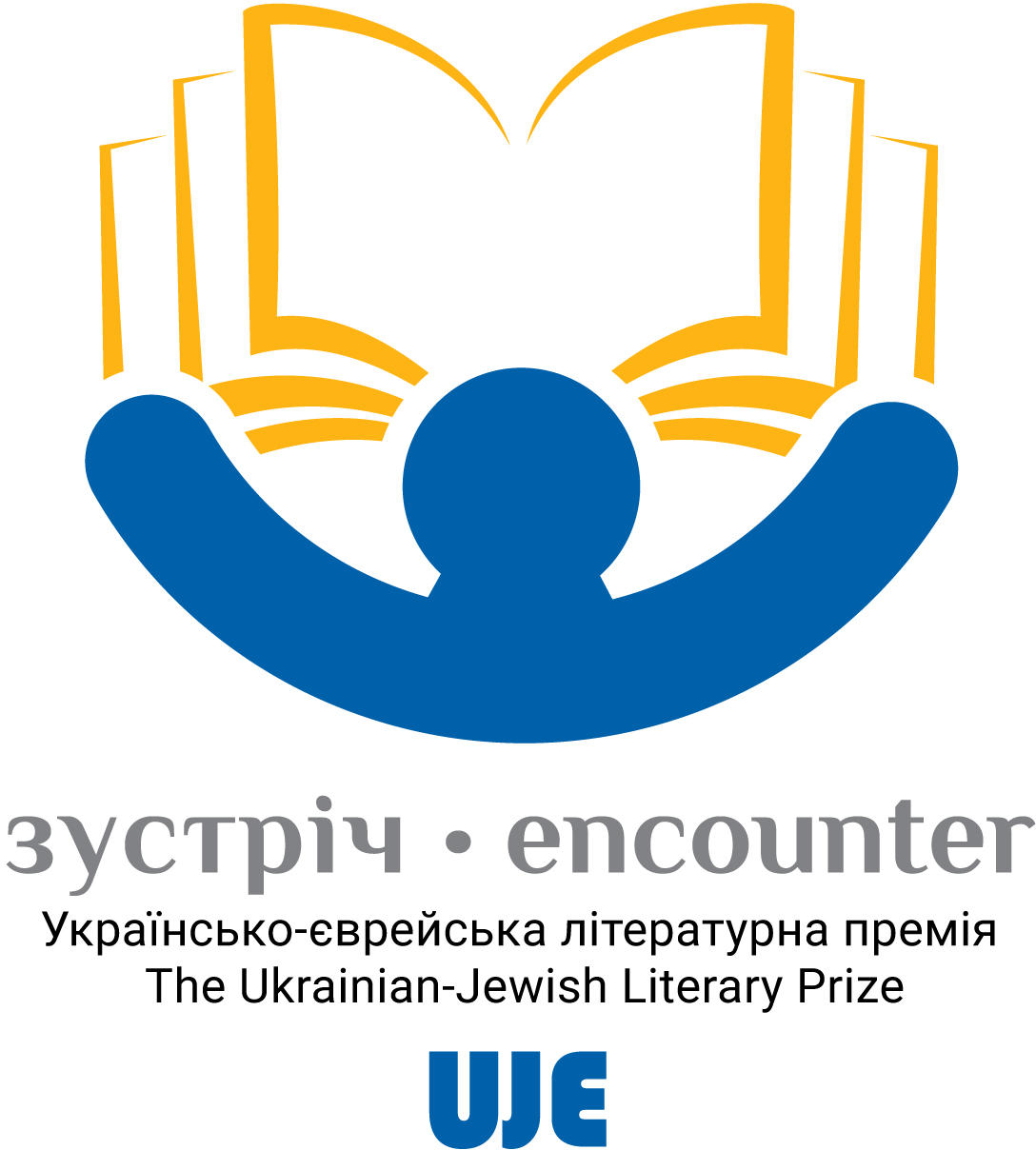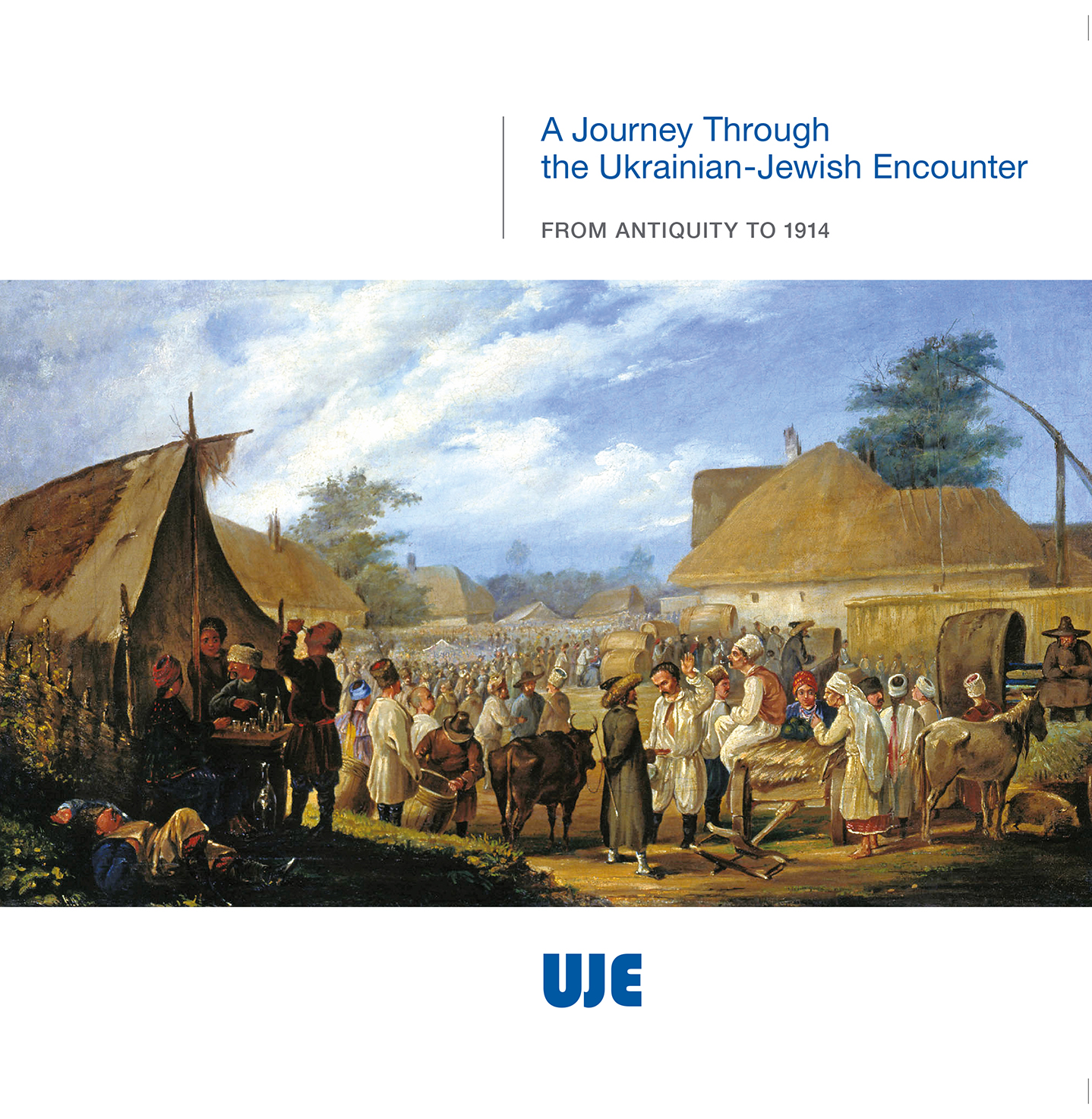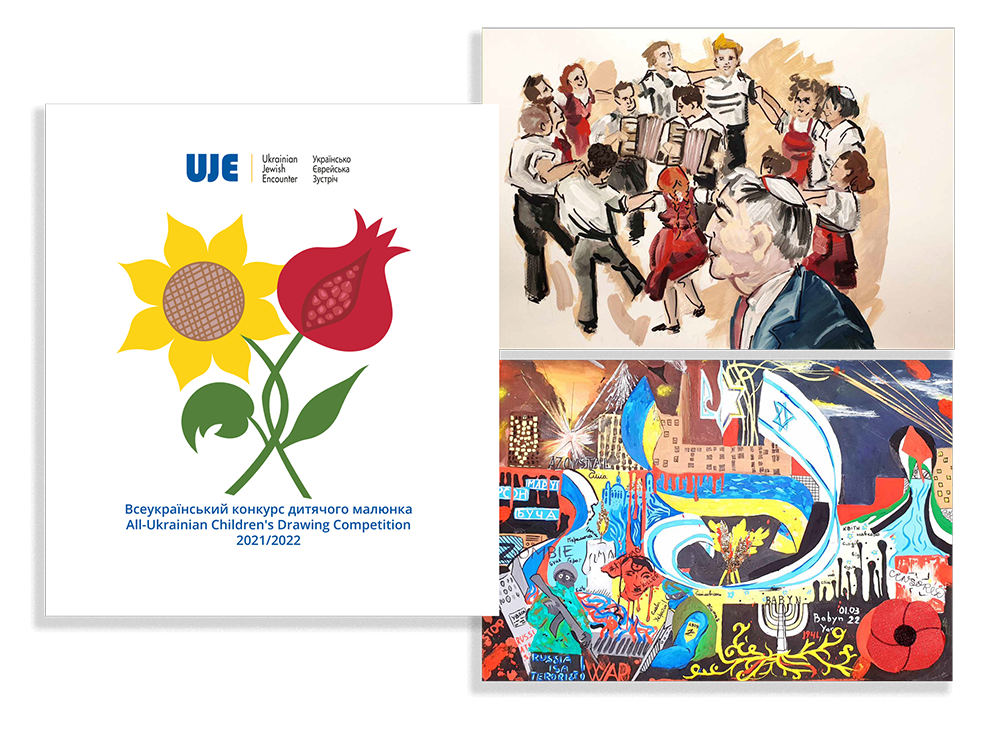Exhibition "A Journey Through the Ukrainian-Jewish Encounter: From Antiquity to 1939" in Chyhyryn
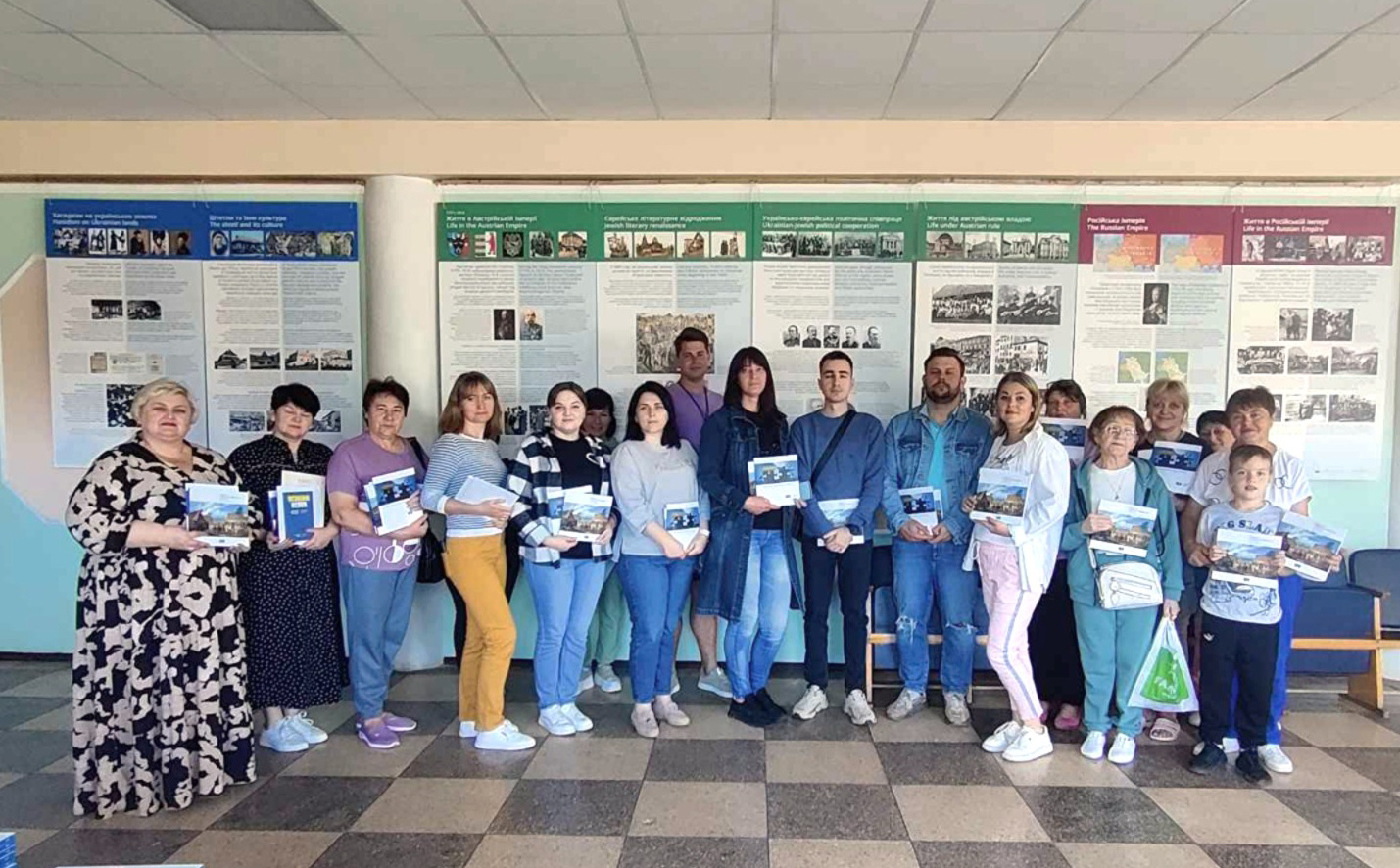
From 21 August through 15 September 2025, the Center for Culture, Leisure, and Sports of the Chyhyryn Town Council hosted the exhibition "A Journey Through the Ukrainian-Jewish Encounter: From Antiquity to 1939," organized with the support of UJE. The exhibition's presentation took place on 26 August and was a major event in the town's cultural life.
Founded in 1512, Chyhyryn was the first capital of the Ukrainian Cossack State and became the residence of Bohdan Khmelnytsky in 1648. The local Jewish community expanded significantly from the early 17th century, becoming a major socioeconomic factor by the early 20th century. The town had four wooden synagogues, prayer schools, and Jewish cemeteries, while Jewish entrepreneurs and spiritual leaders, such as Nachman Goldstein (1825–1894), played a key role in the public sphere.
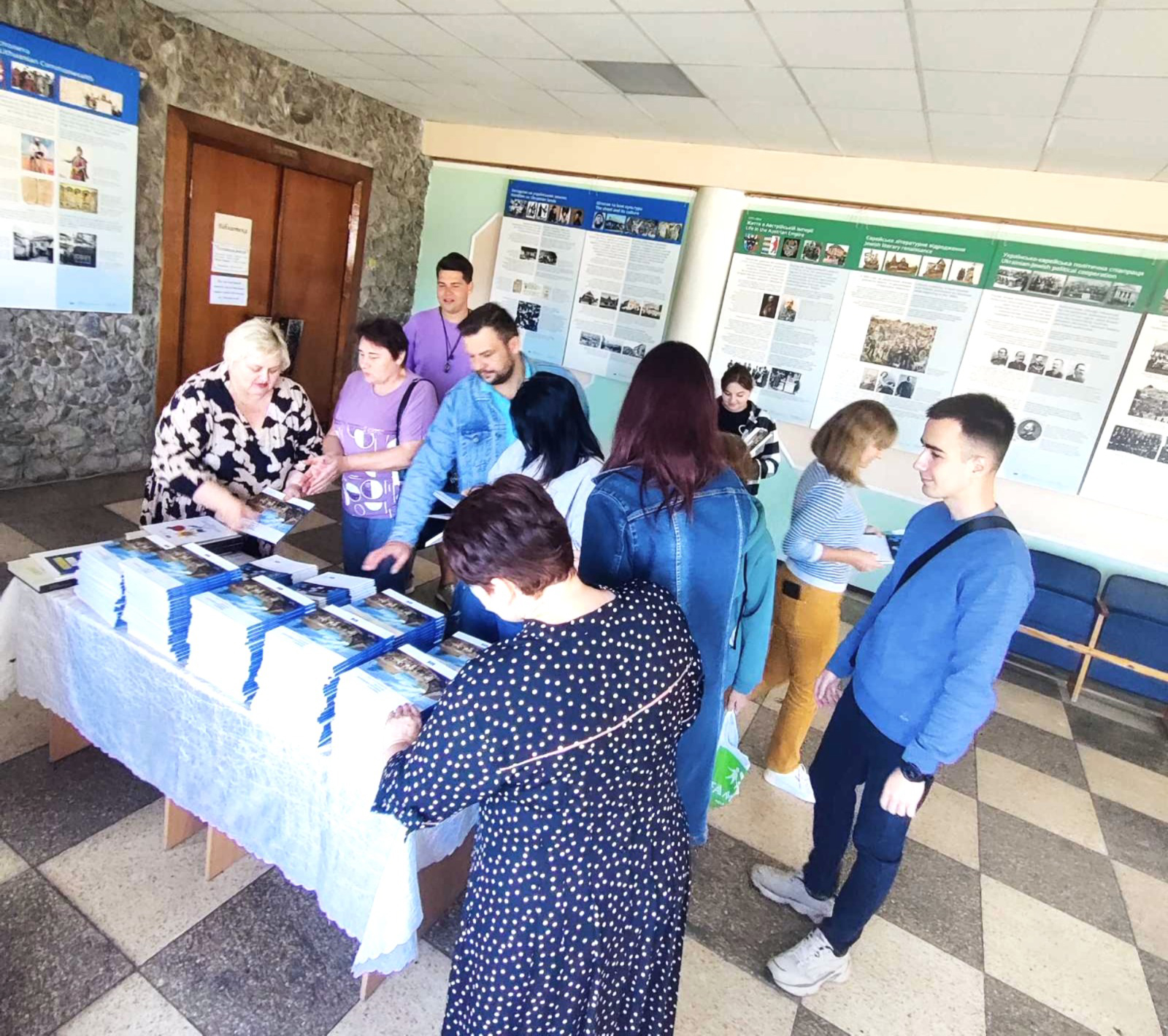
By the 20th century, Chyhyryn had some 3,000 Jews, nearly a third of its total population. The local Jews were active in trade and crafts and had a representation on the town's council and the council of wealthy craftsmen. One of the four synagogues was the Cherkasky Synagogue, a one-story building with high-arched windows, commissioned by philanthropist B. Cherkasky. Later, it housed a drama theater and then a house of culture after World War II. The building was destroyed in 1982 during the reconstruction of the town center.
The Jewish community suffered badly in the pogroms in the early 20th century and was almost destroyed during World War II. There are almost no Jews left in Chyhyryn today, but the town preserves the memory of their significant historical role and culture.
Svitlana Pereviznyk, Director of the Center for Culture, Leisure, and Sports, opened and presented the exhibition to the audience, which included representatives of the Chyhyryn Town Council, the local public library staff, and teachers from the music school and local lyceums, among others.
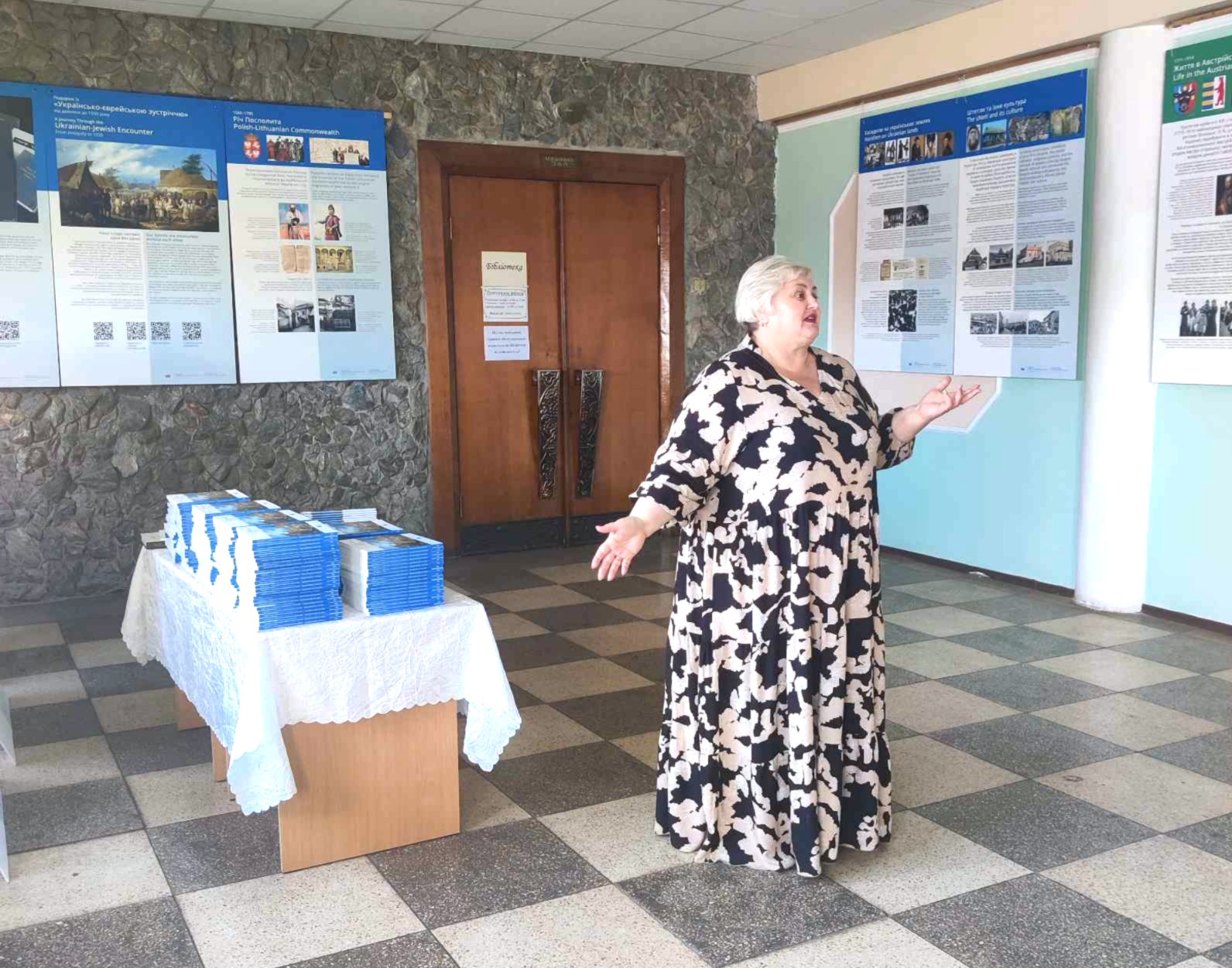
Particularly moving was the speech of Yakiv Taranenko, the leader of the Chyhyryn Folk Choir, who noted the intertwining of Ukrainian and Jewish motifs in the song tradition. Halyna Diachenko, a teacher of history and law at the Bohdan Khmelnytsky Chyhyryn Lyceum, emphasized that Ukrainians and Jews are "brothers in misfortune," as both peoples have suffered from persecution and violence throughout their history. Other teachers also joined the discussion, noting the importance of the exhibition in shaping the culture of memory and tolerance among young people.
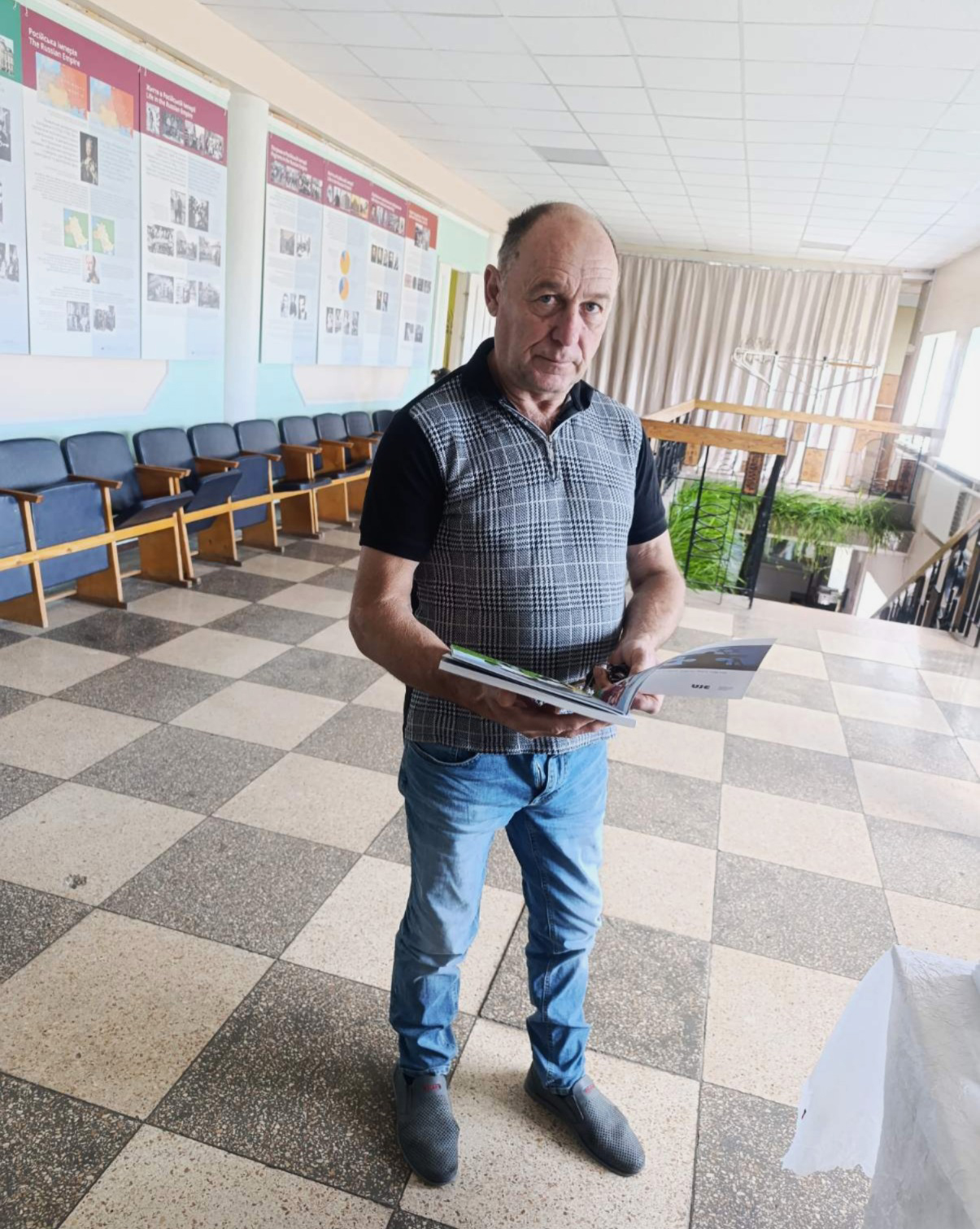
The exhibition features information stands illustrated with archival photographs, maps, and documents covering the period from the earliest Jewish presence in Ukrainian lands to the outbreak of World War II. They trace the history of Ukrainian-Jewish coexistence spanning over a millennium. Each visitor to the exhibition's opening was presented with a copy of the lavishly illustrated catalog A Journey Through the Ukrainian-Jewish Encounter: From Antiquity to 1914.
Vladyslav Hrynevych, Jr., Regional Manager, UJE Ukraine







